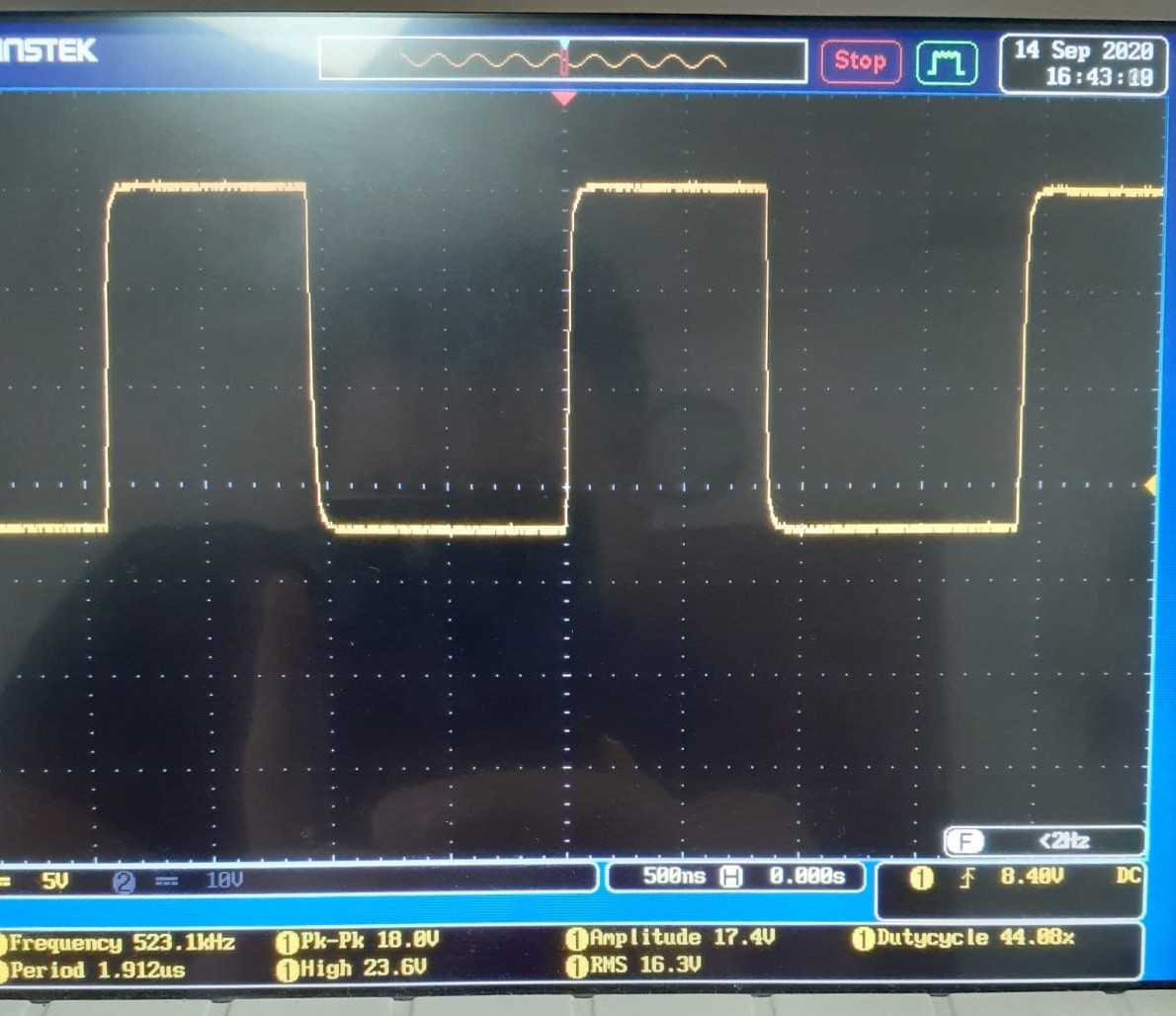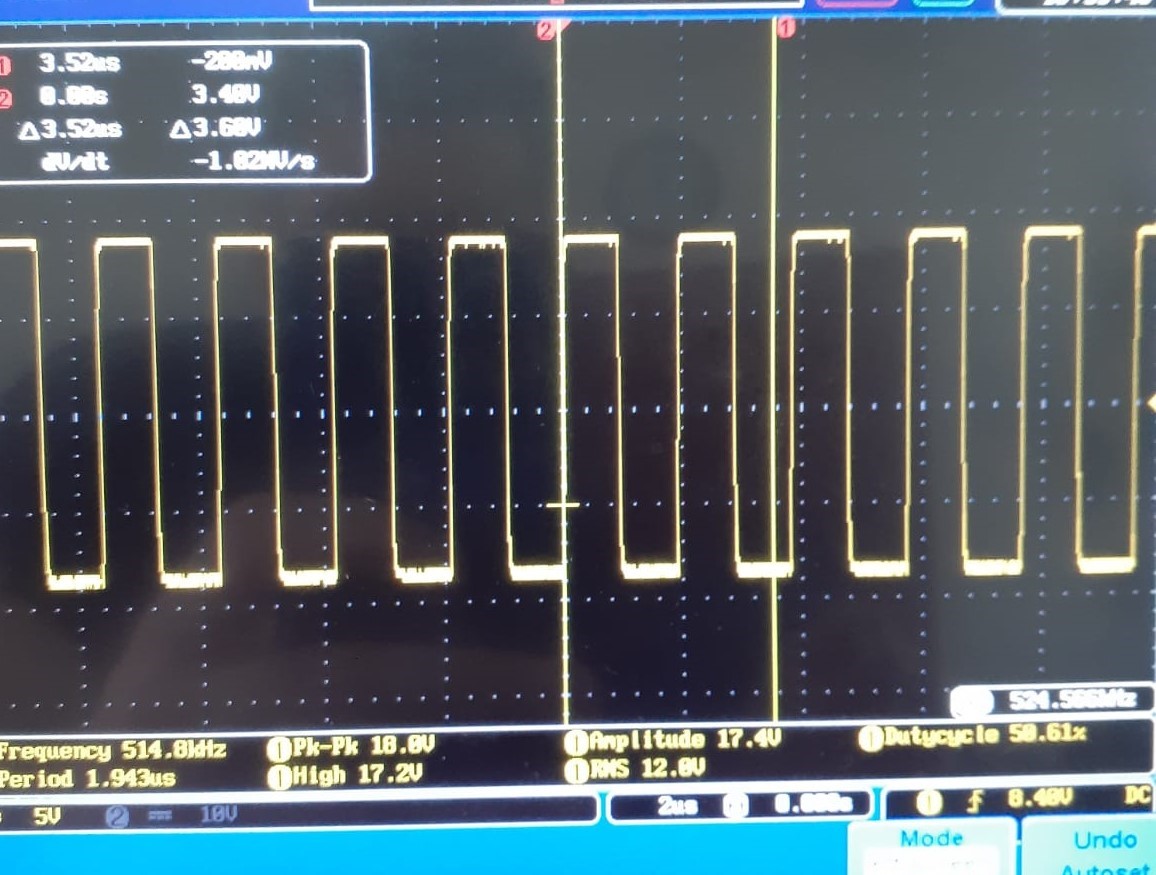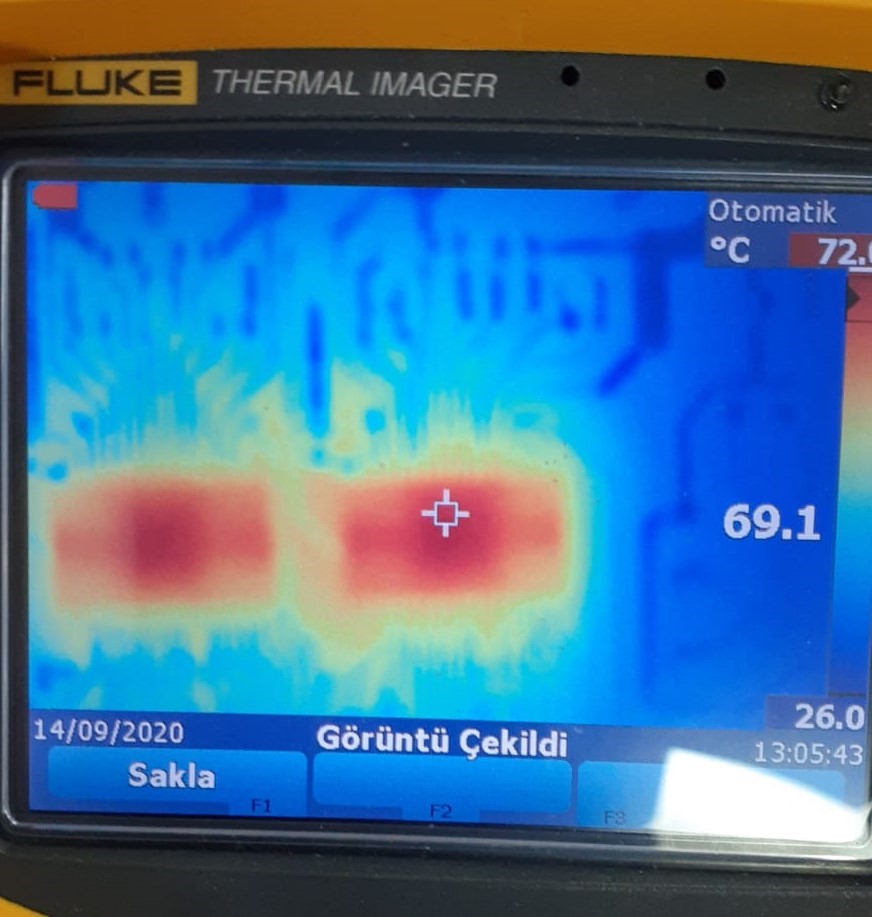I drive 2 TAS5720A-Q1 IC and both of two have overheating problem that starts after I connected analog voltage. Even speakers are in mute, power dissipation on IC's are so high and I get Over Temperature Error.
-
Ask a related question
What is a related question?A related question is a question created from another question. When the related question is created, it will be automatically linked to the original question.







